Grilled to perfection
By Cui Jiain Urumqi ( chinadaily.com.cn ) Updated: 2014-11-13 15:37:04
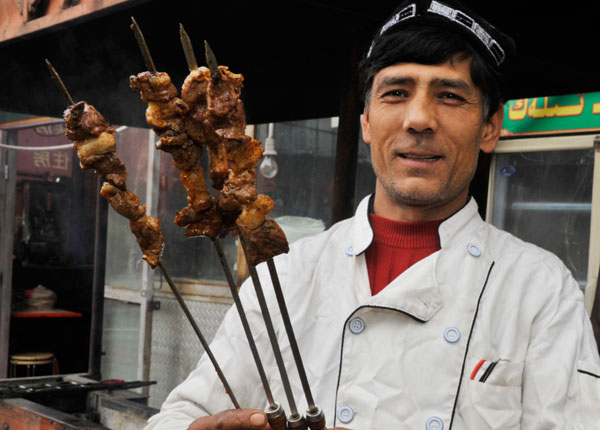 |
|
Yasinjan Memet’s lamb kebabs are ready to be served. [Photo by Han Liang/For China Daily] |
"Look, delicious kawap made from the leg of unmarried lambs!" he shouted in the Uygur language, rotating the skewers as the meat began to brown. "Unmarried lambs" refer to lambs that are about one year old and have not mated yet. Their meat is key in making the best kawap, he said.
About 4 minutes later, skewers of tasty lamb emerged from the grill, dusted with a pinch of cumin, dried chili powder and salt.
"Could anyone resist them?" Yasinjan smiled and asked. He then put a nang - a traditional Uygur round-shaped flat bread -- on top of the kebabs and turned them over using the nang as a plate to serve the customers.
"The nang will absorb all the juice from the meat. Nothing delicious is going to waste," Yasinjan said.
The lamb kebab may look easy to make but it requires the chef’s ability to pick the best meat and time the cooking process well so that it is not burnt or undercooked, said Yasinjan, who has been making kawap for more than 20 years. His restaurant is just across the street of a meat market and he personally picks the fresh lamb for his kebabs every day.
"Some tourists once asked me why I don’t put as much cumin and chili on the kebabs as what people do in Beijing. I told them it’s because they are not confident about the freshness of their meat so they have to cover that up with spices,” he said. “Xinjiang people are experts in tasting kawap. Your business won’t survive if your meat is not fresh."
Aniwar Hasmu, deputy director and researcher at the Xinjiang cultural relics and archaeology research institute, has been studying food culture in the region. He said Xinjiang people have been enjoying kawap for a very long time.
|
|
|
|
|
|
|
|



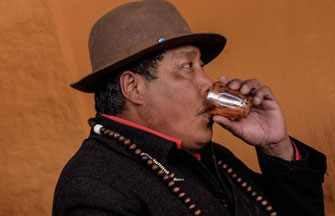
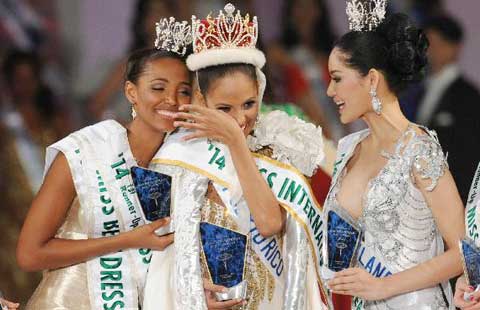
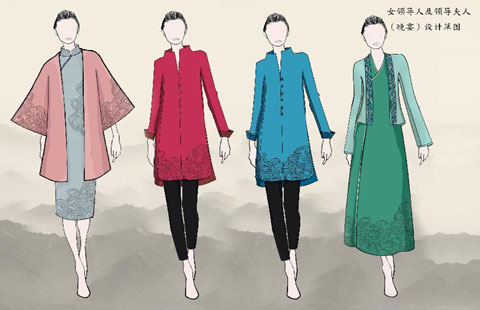
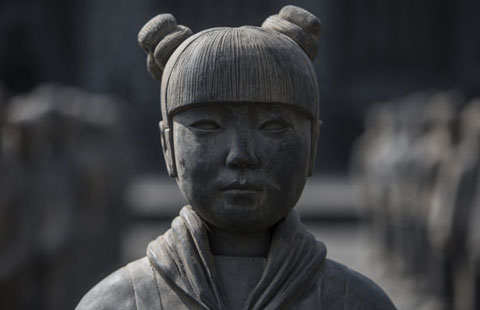






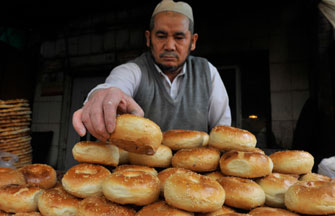









 Raymond Zhou:
Raymond Zhou: Pauline D Loh:
Pauline D Loh: Hot Pot
Hot Pot Eco China
Eco China China Dream
China Dream China Face
China Face





